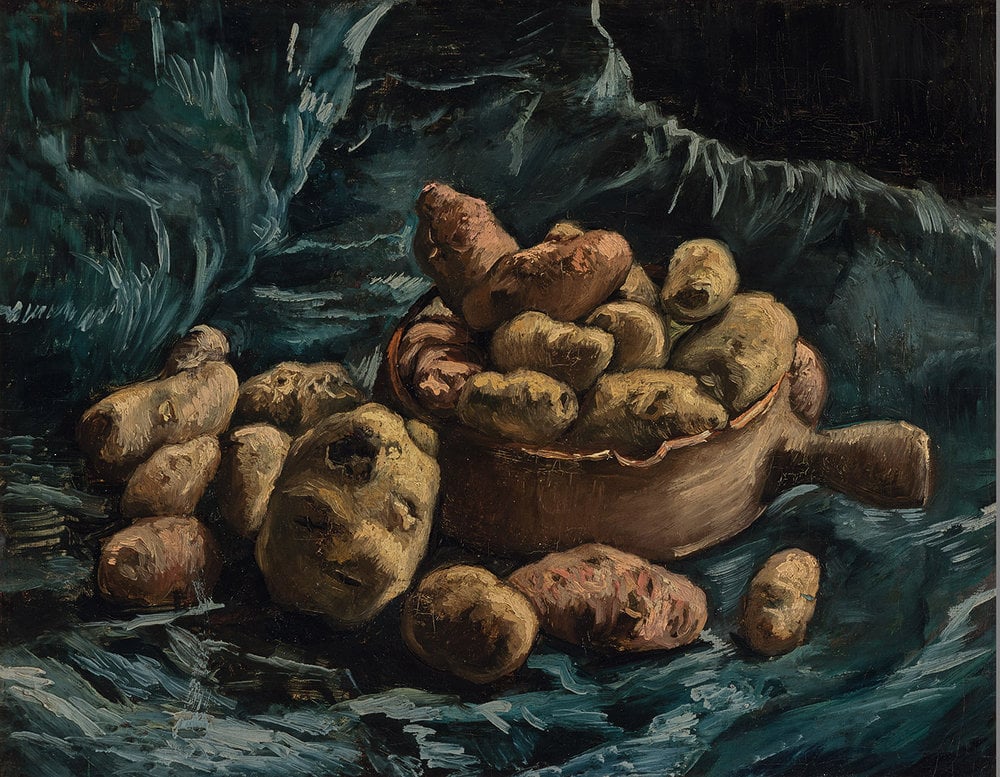The Back Room
Work of the Week: Vincent Van Gogh’s ‘Tête de Paysanne à la Coiffe Blanche’
Another work by the Dutch artist from the same time period was just acquired by a Rotterdam museum.

Another work by the Dutch artist from the same time period was just acquired by a Rotterdam museum.

Eileen Kinsella

Work of the Week is excerpted from The Back Room, our lively recap funneling only the week’s must-know art industry intel into a nimble read you’ll actually enjoy. Artnet News Pro members get exclusive access—subscribe now to receive this in your inbox every Friday.
It was a good week for Vincent van Gogh, and in the Dutch painter’s homeland no less. At TEFAF Maastricht, first-time exhibitor M.S. Rau of New Orleans, Louisiana, announced it had successfully sold this portrait of a peasant woman in a white cap, priced at €4.5 million ($4.9 million), to an as-yet-unidentified institution based outside of Europe.
The painting was last sold at a Sotheby’s Impressionist and Modern art evening sale in 2014 for $1.2 million (including fees)—at the low end of its presale estimate ($1.2 million to $1.8 million).
Since then, the artist’s market has remained strong. In the last five years, works by Van Gogh that have come to auction have sold above their high estimate 43 percent of the time, with none selling below estimate, according to the Artnet Price Database. Another similar portrait of a peasant woman, simply titled Head of a Woman and painted around the same time (1885), fetched $5.8 million at Christie’s last February.

Vincent van Gogh, Still Life with Potatoes (1886-87). Courtesy of the Museum Boijmans Van Beuningen, Rotterdam.
Van Gogh painted Tête de Paysanne à la Coiffe Blanche when he was living with his parents in Neunen. Despite the artist having only intended to live there temporarily, he wound up staying for nearly two years, a time that proved to be key in his development as an artist and ended up in his creation of one of his most famous works, The Potato Eaters (1885), which is in the collection of Amsterdam’s Van Gogh Museum.
Speaking of spuds, just a couple of days later, on March 11, the Museum Boijmans Van Beuningen announced that it had acquired the artist’s Still Life with Potatoes (1886–87). The painting has been on long-term loan to the museum for more than 40 years. The acquisition was made with support from the Vereniging Rembrandt, which contributed €2.25 million ($2.45 million) to help with the purchase, as well as the Mondriaan Fund, the VriendenLoterij, Bruynzeel, and private donors and bequests. The painting brings the total number of Van Gogh works owned by the museum to seven.